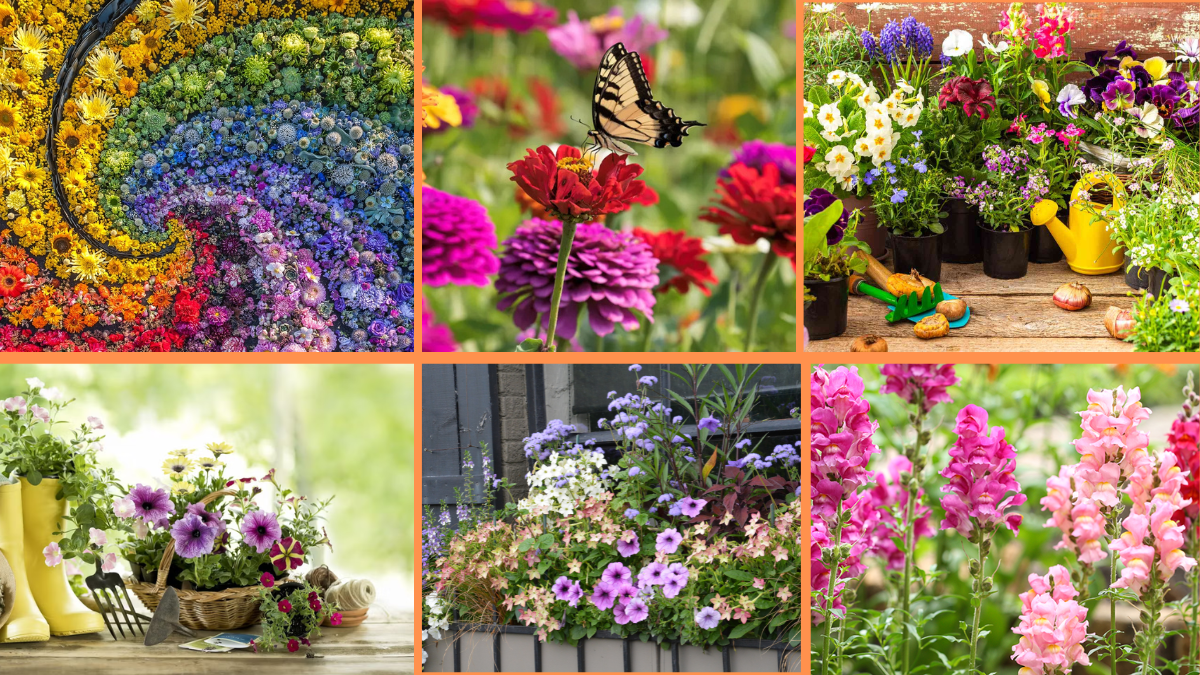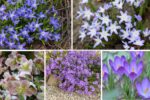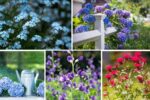Every garden deserves a splash of vibrant color, and there’s no easier or faster way to achieve it than with annual flowers. These lively, season-long bloomers are perfect for brightening up flower beds, containers, borders, and even overlooked corners of your outdoor space. Unlike perennials, annuals complete their life cycle in one growing season which means they bloom their hearts out until frost arrives.
If you’re looking to transform a dull space into a colorful, inviting retreat, this guide is for you. Below are 10 practical, creative, and reliable tips to add color with annual flowers while enhancing the beauty and personality of your garden.
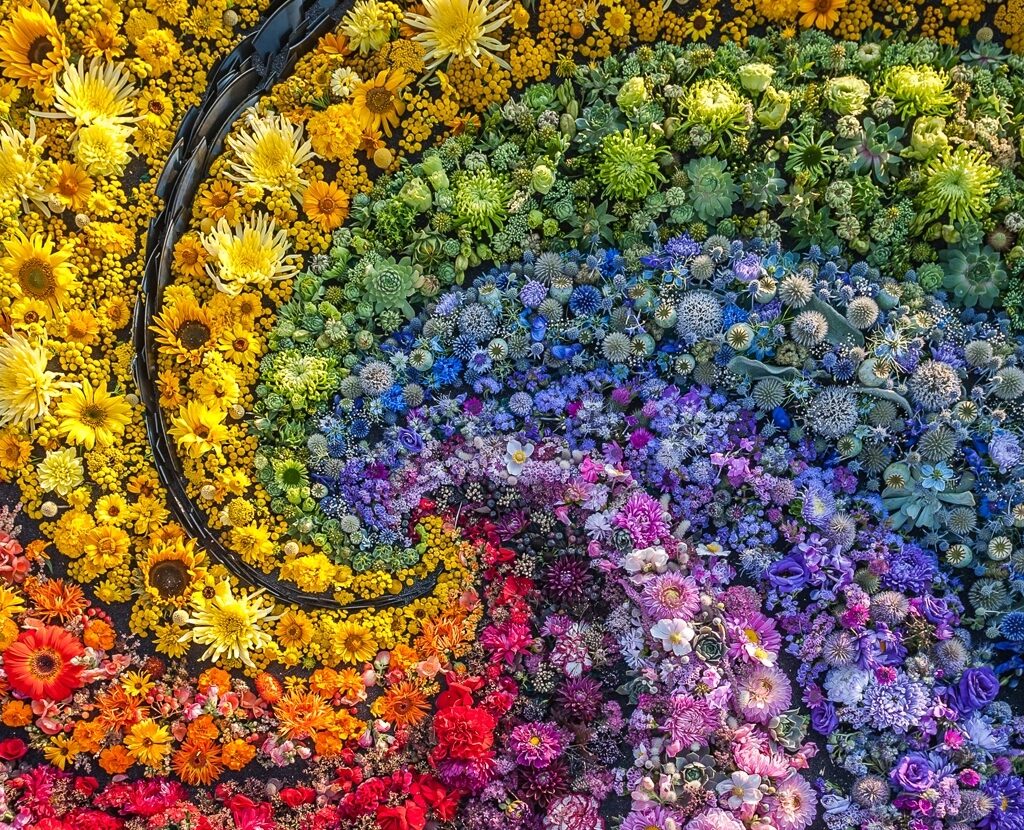
1. Choose a Bold Color Palette
Before you start planting, decide what kind of atmosphere you want your garden to have. Color influences mood, and a well-planned color scheme can make your space feel harmonious and visually appealing.
Popular Color Themes:
- Warm & Vibrant: Red, orange, and yellow flowers like marigolds, zinnias, and celosia bring energy and warmth.
- Cool & Calming: Blues, purples, and soft pinks from annuals like petunias, ageratum, and lobelia evoke serenity.
- Monochromatic: Stick to varying shades of a single color for a sophisticated look.
- Contrasting Colors: Combine opposites on the color wheel — such as purple and yellow — for high-impact, lively displays.
Pro Tip: Use color wheel apps or garden design tools to visualize and plan combinations before planting.

2. Mix Annuals with Perennials for Constant Color
While annuals offer brilliant seasonal color, mixing them with perennials ensures your garden maintains visual interest throughout the year. Plant perennials as your garden’s backbone, then fill in gaps with annuals for bursts of color.
Great Annual-Perennial Combos:
- Daylilies + Petunias
- Coneflowers + Zinnias
- Hostas + Impatiens (in shade)
Annuals can fill spaces while perennials rest, making your garden look lively at all times.

3. Use Containers for Versatile Color Displays
Containers are the easiest way to add color wherever you need it. Move them around patios, doorsteps, or garden beds to refresh your landscape whenever you like.
Container Gardening Tips:
- Use thrillers, fillers, and spillers: Tall plants in the center (thrillers), mounding plants around them (fillers), and trailing varieties over the edges (spillers).
- Choose colorful, contrasting containers to complement your blooms.
- Ensure containers have drainage holes to prevent soggy roots.
Popular container annuals include petunias, begonias, geraniums, lantanas, and million bells.

4. Create Eye-Catching Flower Borders
Annuals are perfect for edging and defining flower beds or walkways. Their fast-growing nature allows you to swap them out seasonally for fresh looks.
Border Tips:
- Plant shorter annuals like alyssum, marigolds, or lobelia along pathways.
- Use taller varieties like cosmos or salvia in the middle or back of borders.
- Alternate colors or create a color gradient for added interest.
Bonus Idea: Edge your vegetable or herb garden with colorful annuals to deter pests and beautify the space.

5. Experiment with Hanging Baskets
Hanging baskets are wonderful for small spaces, balconies, or adding vertical color to patios and porches. Use a mix of vibrant trailing annuals for a stunning effect.
Best Hanging Basket Annuals:
- Calibrachoa (Million Bells)
- Fuchsia
- Trailing petunias
- Bacopa
- Lobelia
Water baskets frequently, as they dry out faster than ground plantings, and fertilize every 1-2 weeks for continuous blooms.
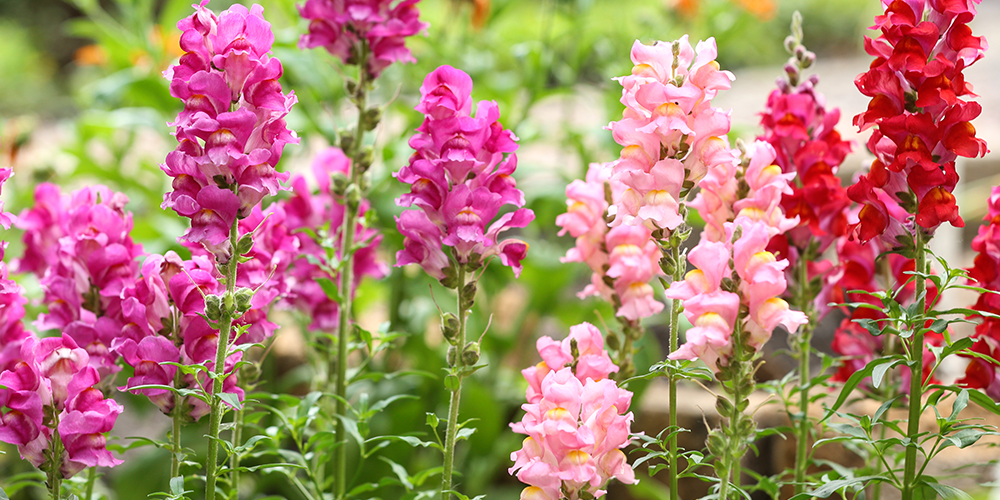
6. Combine Foliage and Flowers
While flowers steal the show, don’t underestimate the power of colorful foliage in enhancing your display. Adding foliage-rich annuals can provide texture, contrast, and unexpected hues.
Colorful Foliage Annuals:
- Coleus (vivid reds, pinks, and yellows)
- Dusty Miller (silvery-gray)
- Sweet potato vine (chartreuse, purple, and bronze)
Use them as fillers or accents to complement bright blooms and soften transitions between bold colors.
7. Stagger Bloom Times for Season-Long Color
Select annual flowers with different bloom periods to keep your garden colorful from early spring to late fall. Planting a variety ensures that as one type fades, another takes its place.
Example Bloom Progression:
- Spring: Pansies, snapdragons, nemesia
- Summer: Marigolds, petunias, cosmos, zinnias
- Fall: Chrysanthemums, ornamental kale, celosia
Pro Tip: Deadhead (remove spent flowers) regularly to encourage new blooms and extend flowering time.
8. Use Vertical Spaces Creatively
Don’t just limit annuals to ground level — take advantage of trellises, fences, arches, or walls to add vertical pops of color.
Climbing or Trailing Annuals:
- Morning glories
- Nasturtiums
- Sweet peas
- Black-eyed Susan vine
Pair climbers with trailing plants like wave petunias or trailing verbena at the base for a lush, cascading effect.
9. Group Plants for Greater Impact
Mass plantings of the same annual flower species in bold groups create an immediate and dramatic impact. Rather than scattering individual plants, cluster them in groups of three, five, or more for maximum color saturation.
Grouping Tips:
- Stick to one or two colors per grouping for a clean, cohesive look.
- Use larger groupings in spacious areas and smaller clusters in pots or beds.
- Play with heights — placing taller annuals behind shorter ones for depth.
Bonus: Mass plantings are often easier to maintain and visually stronger.
10. Refresh and Rotate with the Seasons
One of the best things about annuals is their flexibility. You can experiment with new color combinations, plant varieties, and garden layouts each year or even mid-season.
Seasonal Ideas:
- Replace early spring pansies with heat-tolerant vincas or begonias in summer.
- Swap summer annuals for ornamental kale, pansies, or chrysanthemums in fall.
- Use holiday-themed color schemes like red and white for festive arrangements.
Seasonal rotation keeps your garden dynamic and prevents it from looking tired or outdated.
Final Thoughts
Adding color to your garden with annual flowers is an exciting and satisfying way to personalize your outdoor space. Whether you’re creating bold borders, dazzling hanging baskets, or vibrant container displays, annuals provide endless opportunities for creativity.
By following these 10 practical tips — from choosing complementary colors and mixing foliage to maximizing vertical spaces and staggering bloom times — you can enjoy a lively, colorful garden throughout the growing season.
So go ahead, pick your favorite blooms, grab some containers, and transform your garden into a kaleidoscope of color that delights you and your guests every day.
